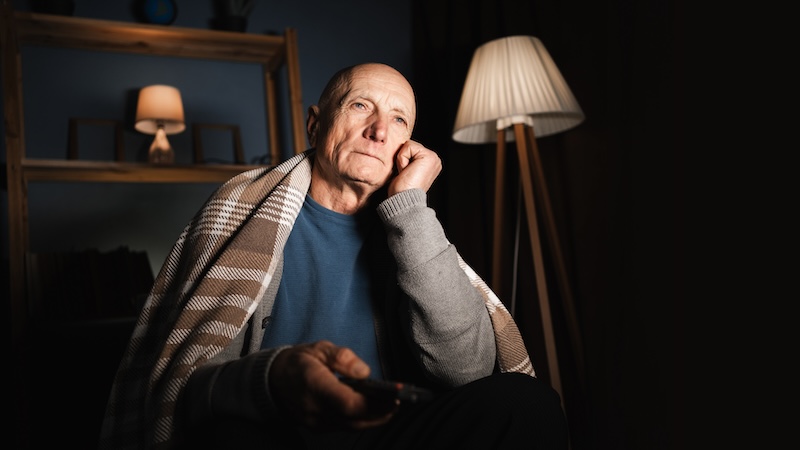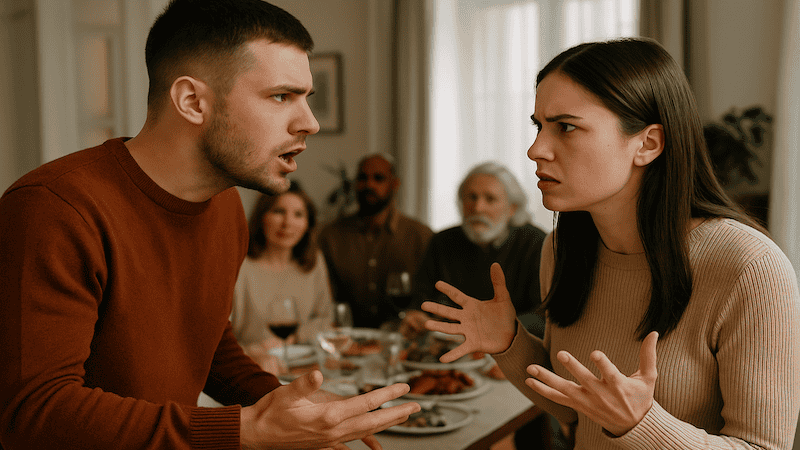My In-Laws Have Some Very Unusual Holiday Traditions

Dear Amy: My in-laws are first generation immigrants from an Asian country and, while they are very kind people, some of their traditions around the holidays tend to be morbid and difficult to explain to my young son.
They insist on setting places at the dinner table for deceased relatives and sometimes the place settings have framed photos of the dead relatives. Last Thanksgiving, I was weirded out to be sitting across from the photo of my mother-in-law’s dead father at the dinner table.
They also leave out bowls of fruit and candy for dead relatives, buy small gifts for them and decorate the framed photos with ornaments and garland. My husband said this does not bother him and he grew up with them doing all of this.
Last year, when we tried to explain to our 6-year-old who the photos were, he became very worried after learning they were dead people and for weeks asked nonstop questions about who they were and how they died. My son became very scared of the photos themselves and began having nightmares.
I do not want to insult them by asking them to not follow their traditions during the holidays, especially when we are in their house for Thanksgiving and Christmas. My husband said if they are hosting we should not comment on their traditions, and need to deal with it. What can I do?
– Upset
Dear Upset: Your husband is wrong on one account: If his parents are hosting holiday celebrations and they celebrate by honoring their native traditions, your husband (their son) is in the perfect position to comment on these traditions, explain them and make them part of your son’s life.
As parents, you could help your son a great deal by explaining to him that these traditions are really celebrations honoring ancestors.
These are not photos of dead people – they are photos of people who were very much alive when the pictures were taken. (I believe it is possible that your son might believe that these pictures are of dead bodies, which would definitely creep him out, because you keep referring to them as “dead relatives.”) Don’t focus on how they died, but on how they lived, and how remembering them and looking at these pictures helps the family to celebrate.
Maybe you have a picture of an ancestor or two in your home. You might have pictures of pets that have crossed the proverbial “rainbow bridge.” Would your son like to bring along photos of an ancestor to his grandparents’ house? Acculturate him by making this an OK thing to think about.
Your perception that this is “morbid” doesn’t help, but even so, you should say to your son, “This isn’t our tradition, but it is grandmother and grandfather’s, and when we are with them, we need to respect it, OK?”
In the tradition of the great personal advice columnists, Chicago Tribune’s Amy Dickinson is a plainspoken straight shooter who relates to readers of all ages. She answers personal questions by addressing issues from both her head and her heart. A solid reporter, Dickinson researches her topics to provide readers with informed opinions and answers.


